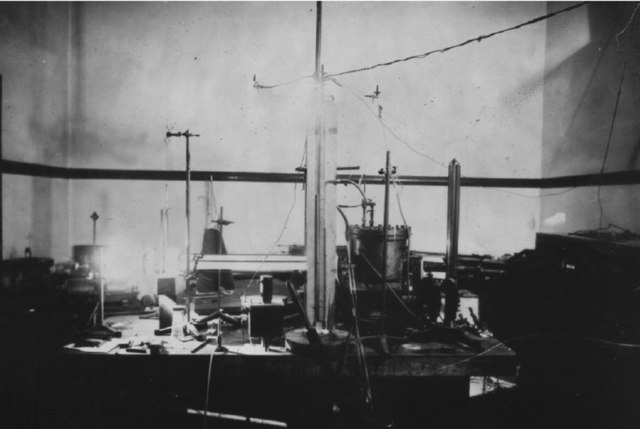Belgian scientists have proposed a new method for measuring the charge accumulated on a plastic ball immersed in a liquid. As a result of this method, the measurement accuracy was one elementary charge. This method is very similar to the experiment of Robert Millikan, which was carried out about a hundred years ago. Thanks to this technique, the measurement accuracy at the interface between solid and liquid is very high.
The researchers believe that this experiment can be used to produce various commercial installations, as well as to improve various commercial installations.
To model a colloidal system, scientists typically use a suspension of small plastic balls placed in a liquid. But such models describe the random charging and recharging of colloidal particles approximately, practically without taking into account the quantum nature of the charge.
It was Millikan who first tried to measure the processes of charge exchange in accordance with the concept of the presence of an elementary charge. In his experiment, the scientist used the capture of small charged oil droplets by an electric field. Modern Belgian scientists from Ghent University repeated the idea of Millikan’s experiment.
They applied a similar scheme in the study of elementary charge exchange processes at the boundaries of a liquid and a solid. A clear understanding of such processes is more and more important for the commercial development of such substances containing charged particles. These can be the so-called "electronic ink" used in electronic books, as well as other colloidal liquids used for industrial production.
A detailed description of this work was presented in the scientific journal Physical Review Letters. For their experiment, the Belgian researchers took a perspex ball 1 micron in diameter and placed it in a container of liquid. Then, two electrodes were placed in a vessel with this "colloidal" suspension, the distance between which was 300 microns. Then, an oscillating voltage was applied to the electrodes.
Thus, as a result of charging and discharging at the interface between the liquid and the solid, the ball began to oscillate in accordance with the applied voltage. The maximum amplitude of these oscillations corresponded to the total charge of the spherical particle. The main difficulty of the experiment was to set the parameters in such a way that the oscillations caused by the applied voltage were greater than the random oscillations of the sphere. It was also necessary to measure the amplitude of oscillations quite often, so as not to miss the process of elementary recharging.
As a result of experiments, it was found that the process of recharging a sphere with such parameters occurs twice per second. A jump-like change in the oscillation amplitude was elucidated, which fully confirms the quantum nature of the charge of colloidal particles. When comparing the known data on the charge of an electron and the data on the charge of a spherical object, obtained during the experiment, a ten percent match was found.
To explain this phenomenon, a hypothesis was put forward that some fixed part of the sphere loses hydrogen ions. As a result, the total charge of the sphere becomes negative. After some time, hydrogen ions will rejoin the sphere, thereby reducing its charge. In the course of experimental calculations, it turned out that the sphere had 69 such regions, of which ten regions were constantly charged.
Thus, the Millikan experiment was continued at a new technical level.
